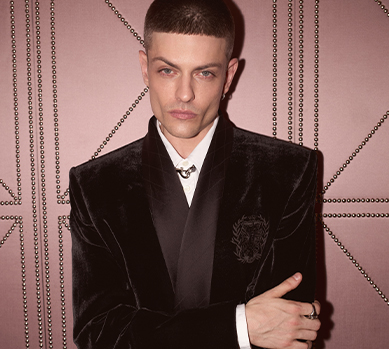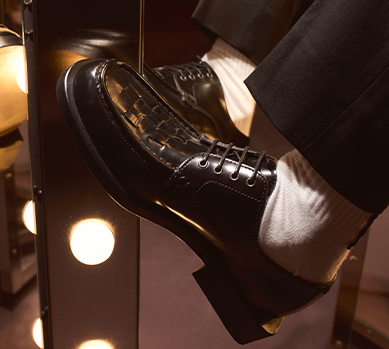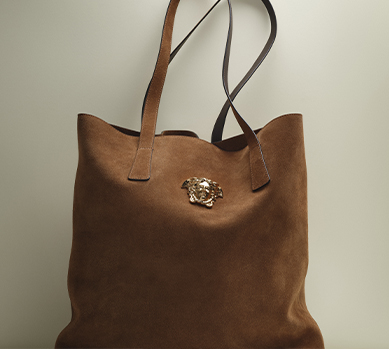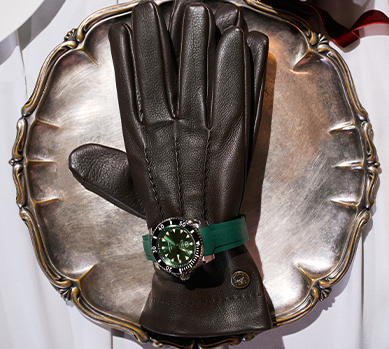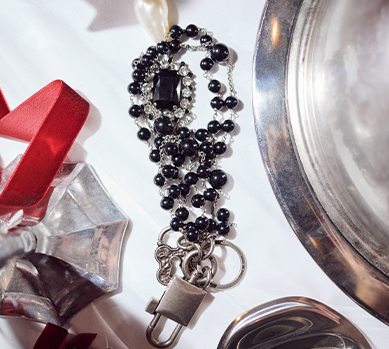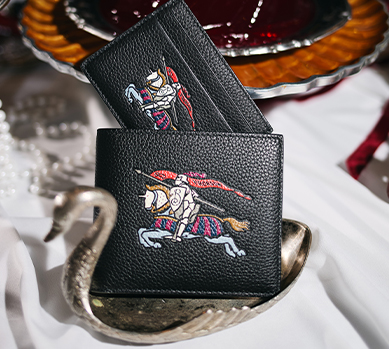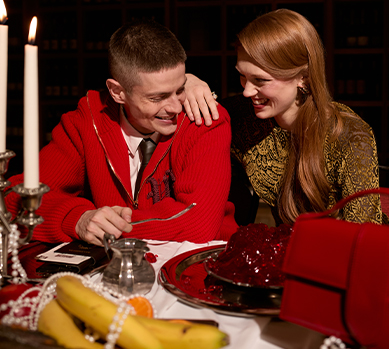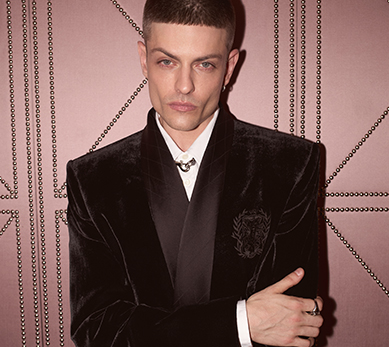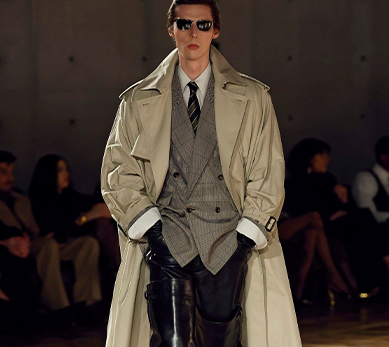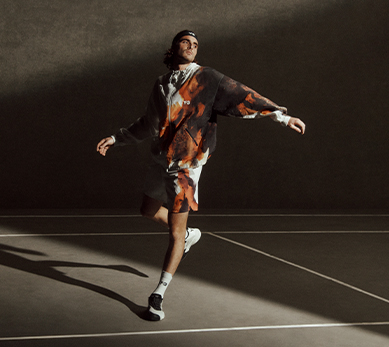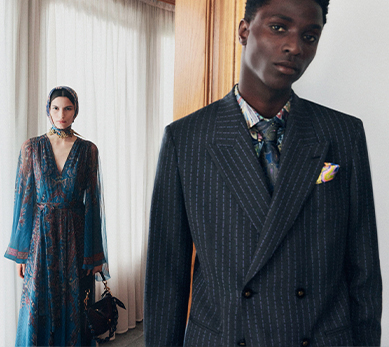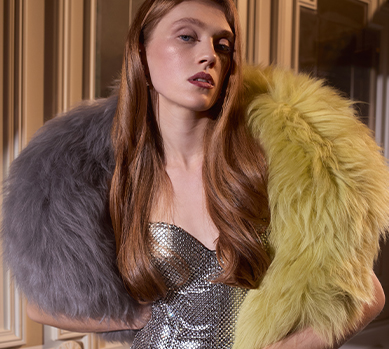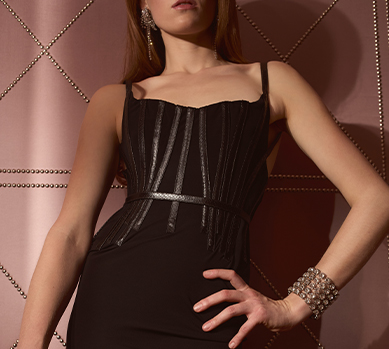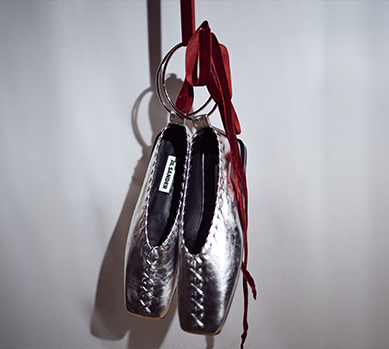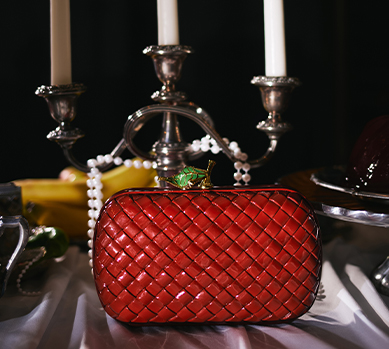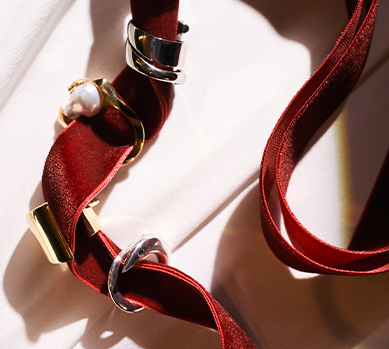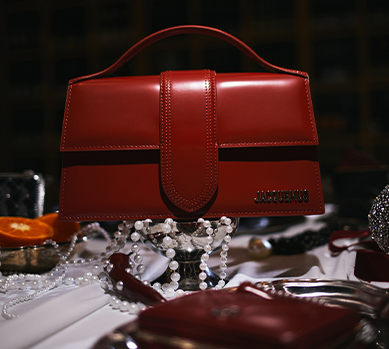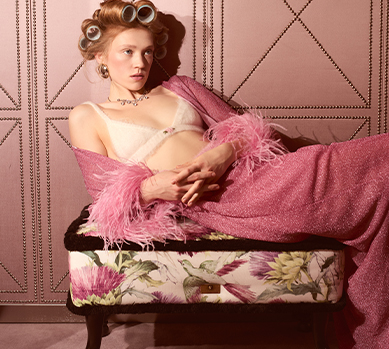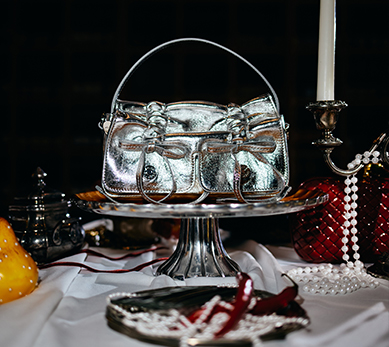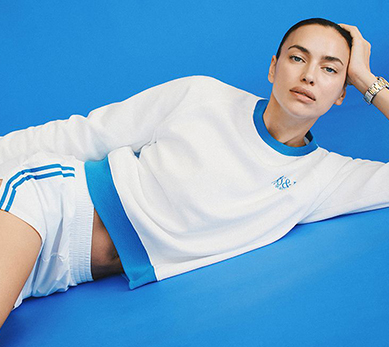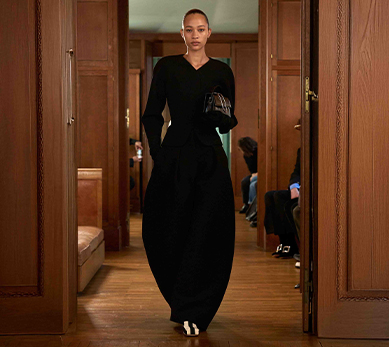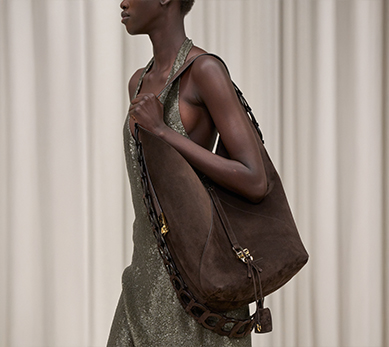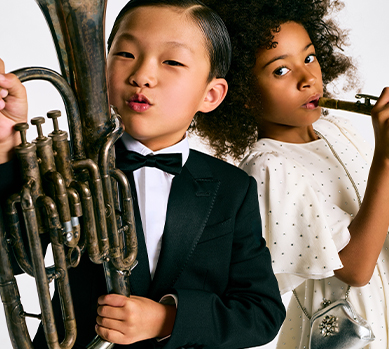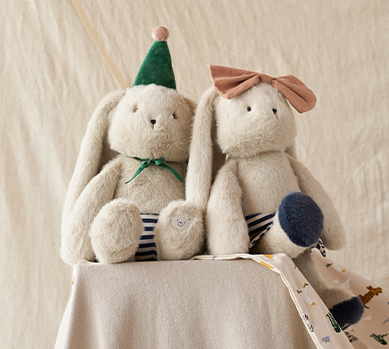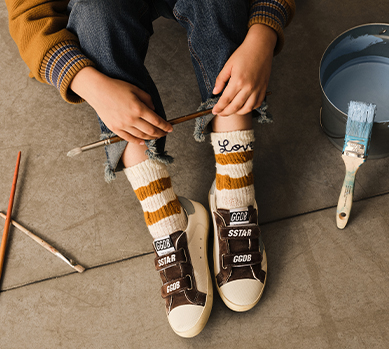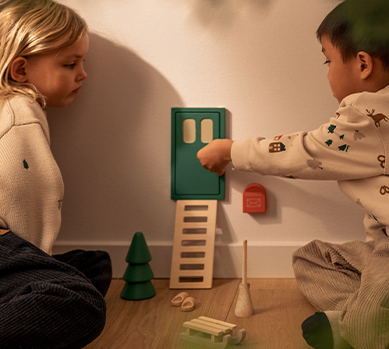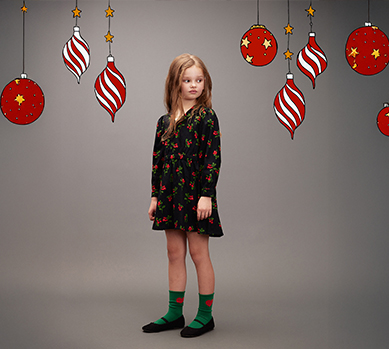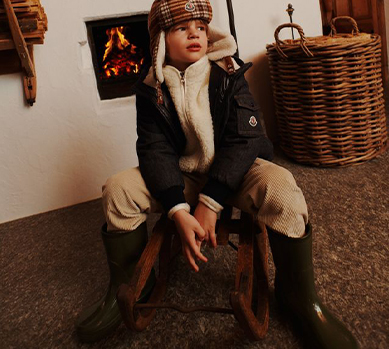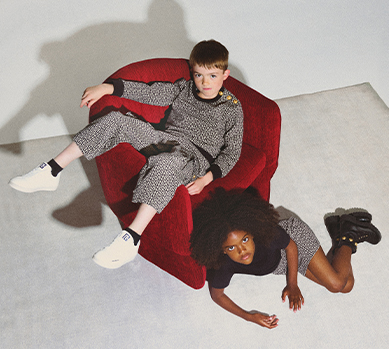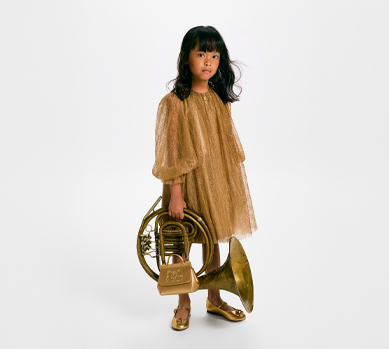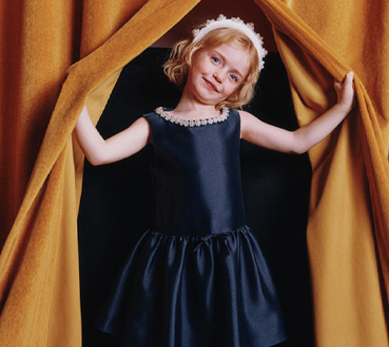Y2K Style: 2000s Fashion is Back! How to Wear the Trend?
Fashion

Y2K fashion is back! Discover what made 2000s style iconic and how to wear low-rise jeans, crop tops, and sparkly accessories in a modern way.
Fashion, like a pendulum, constantly swings back to past decades, drawing inspiration from them and giving old trends a completely new dimension. Who would have thought that the aesthetic of the turn of the millennium, with its characteristic glitz and sometimes provocative style, would once again grace our streets and runways? And yet, Y2K style, the fashion of the 2000s, is experiencing a major renaissance.
What is Y2K Style?
The name, derived from "Year 2000," refers not only to the date but also to the atmosphere of those times. We all remember the anxiety surrounding the so-called "Y2K bug", which, paradoxically, after it was averted, may have contributed to a wave of optimism and a fascination with the future, which was reflected in fashion.
It was a time of extraordinary optimism, fascination with new technologies, and ubiquitous pop culture. These moods found their reflection in clothing—bold, often futuristic, with metallic fabrics and geometric cuts, yet also incredibly girly and fun. Imagine the era of the first color-screen cell phones, with boy bands and girl groups dominating the charts—that's the backdrop for the birth of this specific aesthetic. Y2K fashion was expressive, daring, and open to experimentation. It was characterized by a mix of glitter, plastic, metallic fabrics, and pastels, creating a unique, sometimes even eclectic, blend. This was not fashion for minimalists; it was a time when more was more.
Key Wardrobe Elements in Y2K Style
To understand the essence of Y2K style, it's worth looking at its most characteristic elements. They are what build that unique vibe that we so eagerly recreate today, albeit often with a modern twist. The foundation of this aesthetic was primarily low-rise pants, which boldly exposed the hips and midriff. It’s worth mentioning that the precursor to this trend was Alexander McQueen himself, who presented "bumsters" pants in his 1993 "Taxi Driver" collection, revealing the lower back and causing quite a stir. In the 2000s, this style, often in the form of bell-bottoms or hip-huggers, became widespread. The perfect complement to them were short tops, or popular crop tops—fitted, showcasing the waist, and often adorned with prints, slogans, or fancy ties.
We can't forget about miniskirts, which took various forms: from denim and pleated to cargo models, often in bright colors or with intriguing details. The synonym for a certain kind of comfort and the specific luxury of those years were the ubiquitous velour tracksuits, most often in pastel or vibrant colors. Paris Hilton made them her trademark, elevating them to high-fashion status and proving that a tracksuit could be part of a conscious style statement. The wardrobe was complemented by delicate thin-strap tops, so-called "camisoles," often made of satin or with lace inserts. These were layered under short, fitted cardigans and boleros.
A touch of spice was added to outfits by mesh elements—sheer blouses or dresses. A common decorative motif, applied to clothing and accessories, were butterfly patterns and shiny sequins. These elements, often combined in surprising ways, created a unique picture of fashion at the beginning of the new millennium. And let's not forget the omnipresent denim—from jackets to dresses, preferably in a light wash and with some distressing.
Accessories and Footwear Characteristic of Y2K Style
Y2K style isn't just about clothes, but also, and perhaps above all, about characteristic accessories and footwear. They were often the strength of the entire outfit, giving it the right futuristic and carefree character. Memory brings back numerous details that were considered the absolute hallmark of style during that period.
Platform shoes, both sandals and chunky sneakers, were an absolute hit. The higher the platform, the more desirable. In addition, there were flip-flops, often on a small heel, and slouch boots. Handbags? Primarily small "baguette bags" worn right under the arm. Their popularity was undoubtedly fueled by Carrie Bradshaw from "Sex and the City," who made the Fendi Baguette an object of desire and a symbol of urban chic, fitting into the trend for iconic handbags that are a timeless investment. Such bags, often in metallic colors or adorned with logos, perfectly matched the Y2K aesthetic.
Sunglasses had to be colorful—pink, blue, or yellow lenses, often rimless or in thin metal frames, which was another reflection of futuristic inspirations. Jewelry was often plastic, colorful, made of beads, and the absolute height of fashion were neck chokers and ankle bracelets. We can't forget butterfly clips in the hair, headbands, and glittery accents that added sparkle to many outfits.
Inspirations and Icons of Y2K Style
Every fashion era has its muses. For the Y2K style, these were primarily pop culture stars who set trends with their stage and everyday outfits. Britney Spears, whose red latex jumpsuit from the "Oops!...I Did It Again" music video made history, or Christina Aguilera, with her daring looks from the "Dirrty" era, reigned on posters and in music videos. Music videos, like those of Aaliyah or Missy Elliott with their futuristic visions, had a huge impact on shaping the tastes of the time. Destiny's Child (especially Beyoncé) and Pink also showcased bold combinations of low-rise pants, crop tops, and shiny accessories.
Characters from popular movies and TV shows, such as "Legally Blonde," "Mean Girls," or the aforementioned heroines of "Sex and the City" in the early seasons of the show, also had a huge influence on what young women wore. Paris Hilton, who herself stated in an interview with Glamour, "It was so out there and so extra. It was the most fun time in fashion," with her love for velour tracksuits and luxury accessories, became a symbol of a certain nonchalance and wealth of those years.
It's also worth mentioning the influence of designers. Tom Ford, during his time at Gucci, created an aesthetic that resonated perfectly with the spirit of Y2K—full of sex appeal, luxury, and bold cuts, which the Gucci fashion house subtly references in some contemporary campaigns. It is these figures and creators, their self-confidence and courage in expressing themselves through clothing, that inspire today's lovers of Y2K fashion.
How to Wear Y2K Style in Everyday Outfits?
The return of 2000s fashion doesn't mean you should copy those outfits one-to-one. On the contrary, the contemporary approach to Y2K style involves skillfully weaving its characteristic elements into modern, more subdued ensembles. It's about inspiration, not literal recreation. So, how do you interpret this trend to look modern and avoid the impression of a costume-like reproduction of a past era?
The key is moderation and selectivity. Instead of wearing low-rise pants, a crop top, and platform shoes all at once, choose one or two Y2K elements and combine them with classics or minimalist pieces to create an interesting contrast. For example, pants with a slightly lower rise (but maybe not as extremely low as back then) can look great with a looser t-shirt and modern sneakers. A crop top can be paired with high-waisted pants or an elegant midi skirt. A small baguette bag will be a stylish addition to almost any outfit, from casual to more formal. A velour tracksuit? Maybe not the full set for everyday wear, but a velour hoodie paired with jeans can be an interesting accent.
It's also worth remembering the jewelry. A delicate choker or a few colorful rings can subtly nod to the Y2K aesthetic. It's about having fun with fashion and finding your own way to interpret the trend, without blindly following what was fashionable two decades ago.
The Evolution of Y2K Style and Its Influence on Contemporary Fashion
Fashion is a cyclical phenomenon—we've known this for a long time. Trends come and go, only to return years later in a slightly different form. This is exactly what happened with the Y2K style. Its current renaissance is largely driven by Gen Z, who don't remember those years and are discovering them anew through social media, movies, and music from the era. There's a certain nostalgia in it, even if it's nostalgia for a time they didn't live through. It is social media, with a special emphasis on TikTok, that has played a key role in the re-popularization of this aesthetic.
The contemporary interpretation of Y2K is often more conscious and filtered through current trends. Yes, low-rises and crop tops are appearing, but often in the company of oversized elements, which creates new proportions. There's also more room for individualism; it's not about blindly copying icons, but about drawing inspiration and adapting the trend to one's own style. Interestingly, the return of Y2K coincides with the growing popularity of secondhand fashion and upcycling, which allows for an authentic recreation or creative transformation of clothes from that era. Brands like Juicy Couture with their velour tracksuits or Von Dutch with their distinctive hats are experiencing a second youth because of this.
It's also worth noting that some elements that once caused controversy or were commonplace, like the exposed thong sticking out above low-rise pants (the so-called "whale tail"), are now interpreted with more distance, often tongue-in-cheek, or are completely omitted. Furthermore, the current return of this fashion seems to go hand in hand with greater awareness and a push for inclusivity, moving away from promoting only the very slim body type that dominated the early 2000s. This shows that fashion is not just about new collections, but also about history and a dialogue with the past, reinterpreted through the prism of contemporary values.
Summary
Y2K style, with all its baggage of glitz, optimism, and a bit of fashion madness, is back on top. Its return is proof that fashion loves to repeat itself, but it always does so with a dose of freshness and in a new context. Regardless of whether we remember the 2000s firsthand or are discovering them anew, it's worth getting carried away by this aesthetic. Even if we don't decide on a full outfit straight from a pop icon's music video, individual Y2K elements can bring a breath of fun and originality to our closets. After all, shouldn't fashion be, first and foremost, a source of joy and a way to express yourself? This trend certainly provides plenty of opportunities for that.


